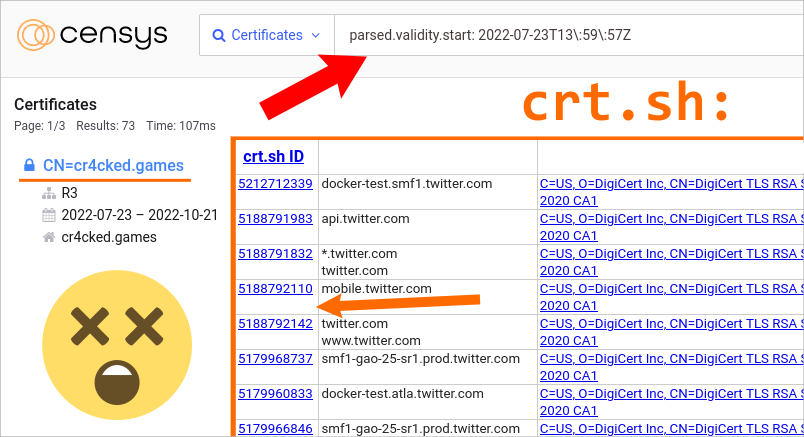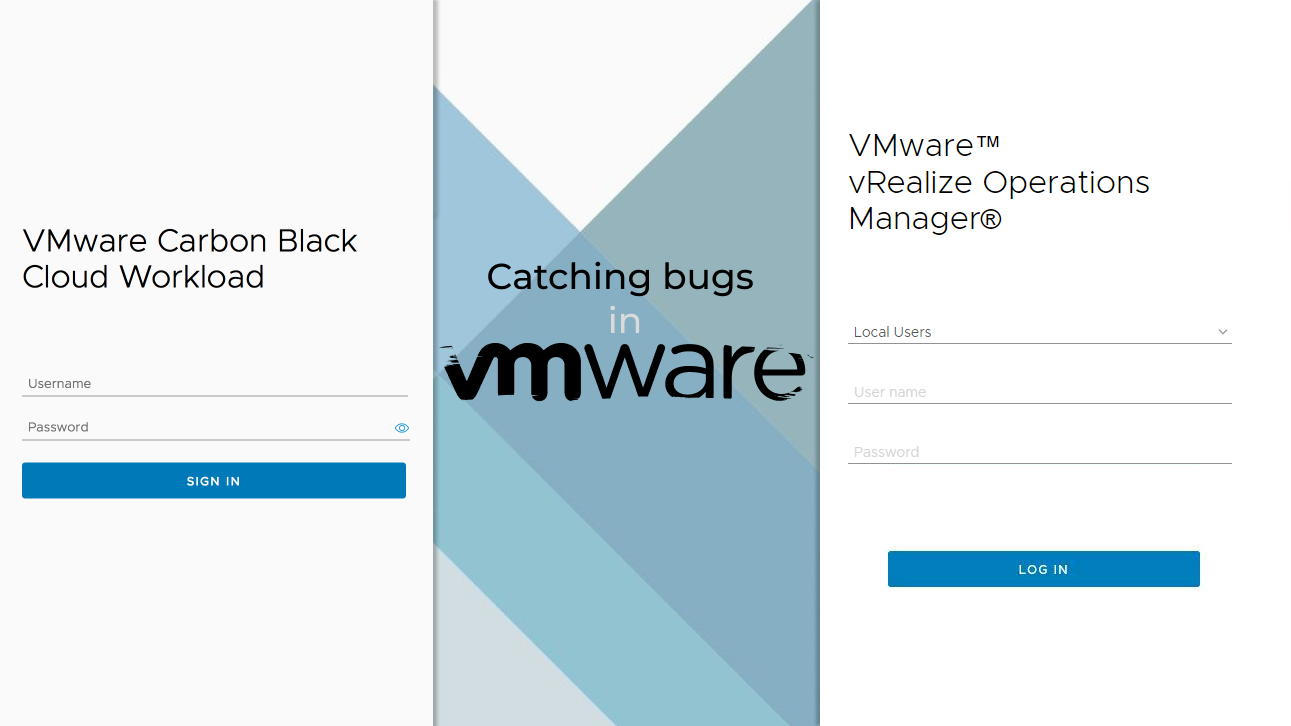Many modern websites employ an automatic issuance and renewal of TLS certificates. For enterprises, there are DigiCert services. For everyone else, there are free services such as Let’s Encrypt and ZeroSSL.
There is a flaw in a way that deployment of TLS certificates might be set up. It allows anyone to discover all domain names used by the same server. Sometimes, even when there is no HTTPS there!
In this article, I describe a new technique for discovering domain names. Afterward, I show how to use it in threat intelligence, penetration testing, and bug bounty.
Continue reading







